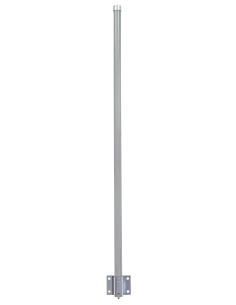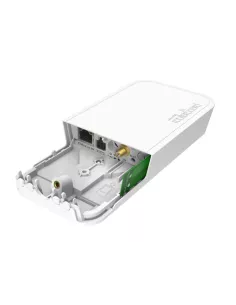LoRaWAN: Opening new frontiers in low-power networks
- Megan
- Latest News
- 9 likes
- 2152 views
- 0 comments
From the detection of natural disasters to smart power and water utility management that extends into smart homes, smart buildings, and smart city solutions, LoRaWAN opens an array of new opportunities for service providers. LoRaWAN (Long Range Wide Area Network) has transformed IoT by enabling data communication over long distances while using very little power.
Where can LoRaWAN be used?
LoRaWan sensors are making big waves in agriculture, manufacturing and mining and can be used to monitor the status of an area or process in real-time. By measuring things such as water levels in dams, farmers can make decisions using the most accurate information. There are many more uses for LoRaWAN technology in agriculture, including soil moisture levels, temperature, animal tracking, etc. If you need to reliably monitor basic information across large areas without electricity infrastructure, such as farms, factories and mines, LoRaWAN is the answer.
What makes LoRaWAN perfect?
Other networks can also be used to manage and monitor devices, but they lack LoRaWAN’s core advantages of lower power consumption and long-range possibilities. These capabilities make LoRaWAN easier, quicker, and more cost-effective to deploy. With LoraWAN you can easily deploy hundreds of battery-powered sensors, which can last up to a couple of years, and monitor them wirelessly from a distance of up to 10km.
How does it work?
The low power advantage kicks in where sensors are battery-powered – typically no bigger than AA batteries and not necessarily reliant on the power grid or solar solutions. This allows for deployment in remote areas where power infrastructure or access is limited or even non-existent. Batteries on these sensors tend to last for years, depending on how often data signals are relayed between the sensor and gateway over the network. Sensors connect to low-cost devices called gateways, which translate the RF data packages to IP packets that flow between existing IP connections. Once converted to IP, the data can then be offloaded onto any network including fibre, fixed wireless, 3G, LTE and Wi-Fi.
LoRaWAN is a global standard, which means it allows for multiple devices to interoperate seamlessly on the same protocols and eliminating the need for proprietary devices from a single vendor. This also inspires innovation in the industry with individuals deciding how, where or what the technology is used for.
As a connectivity expert, we have a team ready to answer all your questions about LoraWAN. Contact us today and open a new frontier for your low-power, wide-area networking requirements.






Comments
View Comments